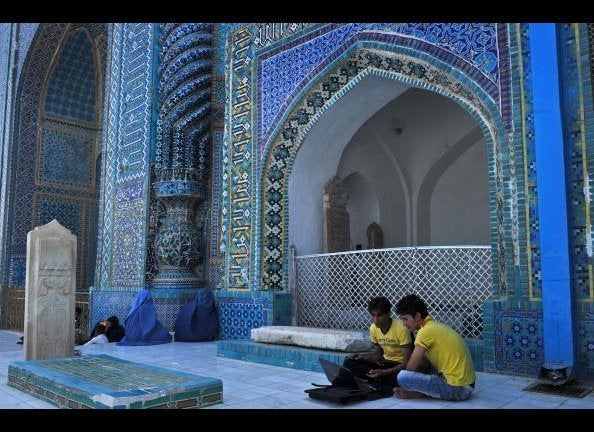The remains of an extravagant 1,700-year-old mosaic floor is offering invaluable insight into the affluent neighborhoods that could be found in Israel during the Roman and Byzantine eras.
The mosaic was unearthed last year during the construction of a visitor center in Lod, a city east of Tel Aviv, according to the Israel Antiquities Authority. Now, archaeologists have concluded that the mosaic may have been a part of the floor of an open courtyard, surrounded by galleries and columns.
Scroll down to see images of the newfound mosaic.
Plans are afoot to put the mosaic on display at the visitor center alongside another mosaic that was previously found in the same location, Dr. Amir Gorzalczany, a research archaeologist at the IAA who led the excavation of the mosaic, told The Huffington Post on Monday.
"We were very excited when the new mosaic appeared, because we did not expect to unveil such a beautiful one, in an excellent state of preservation," he said. "We were even more shocked when we realized that the new mosaic and the previous one are parts of the same complex, namely a fancy Roman villa dated to the 3rd or ... the 4th centuries A.D."
The newfound mosaic measures 11 by 13 meters and includes detailed scenes of birds, fish and other animals. It was unearthed just a few meters away from where the previously discovered mosaic -- believed to have covered the villa's living room -- was found in the 1990s, The Associated Press reported.
Both mosaics offer a glimpse into the homes of a Roman-era cosmopolitan region's most elite residents, Gorzalczany told HuffPost.
"We can say that the area concentrated many houses that belonged to the most prominent citizens of the city, the economic, cultural and political elite," Gorzalczany said. "Not everybody could afford such expensive mosaic floors, or the fresco-decorated walls that surrounded the fancy lounges."
He added that the area where the mosaics were found appears to have been developed with buildings and housing over a long period of time.
"Our villa is located on the remains of a previous one, dated to the 1st century A.D.," he said. "After the Roman villa was defunct, during the Byzantine period, another large house was erected on its remains. All of the buildings follow more or less the layout of the previous ones, this is to say that the transition was gradual and apparently pacific."
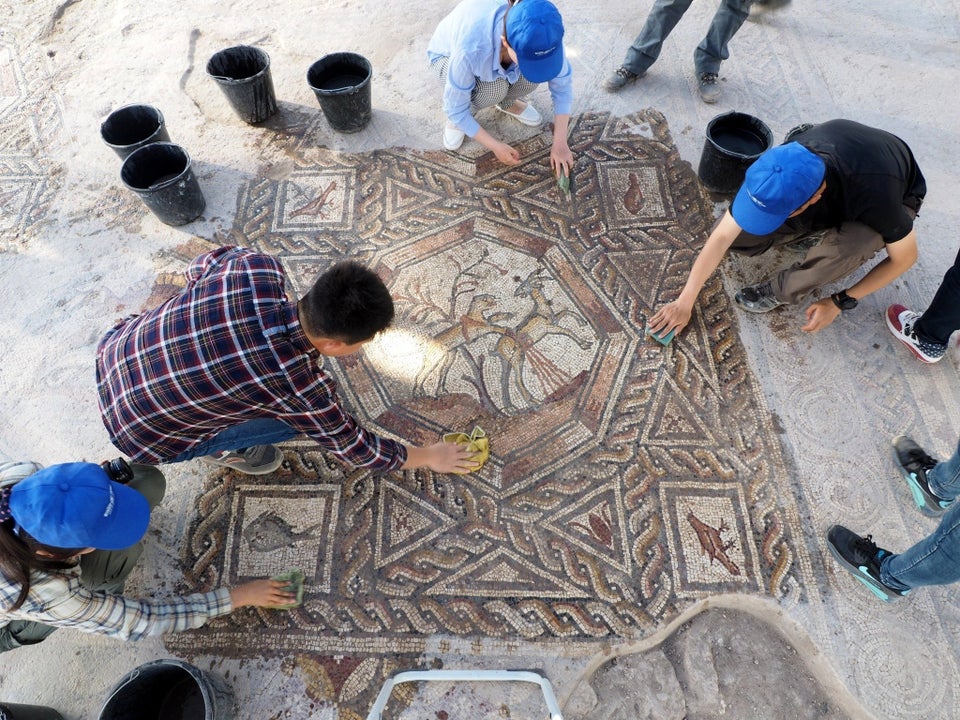
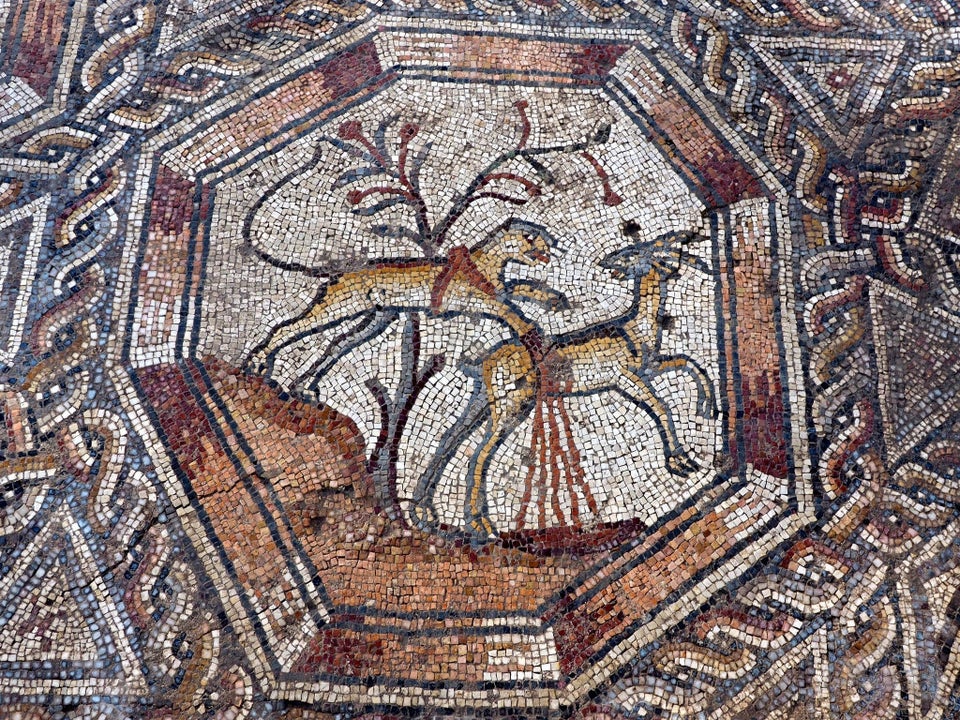
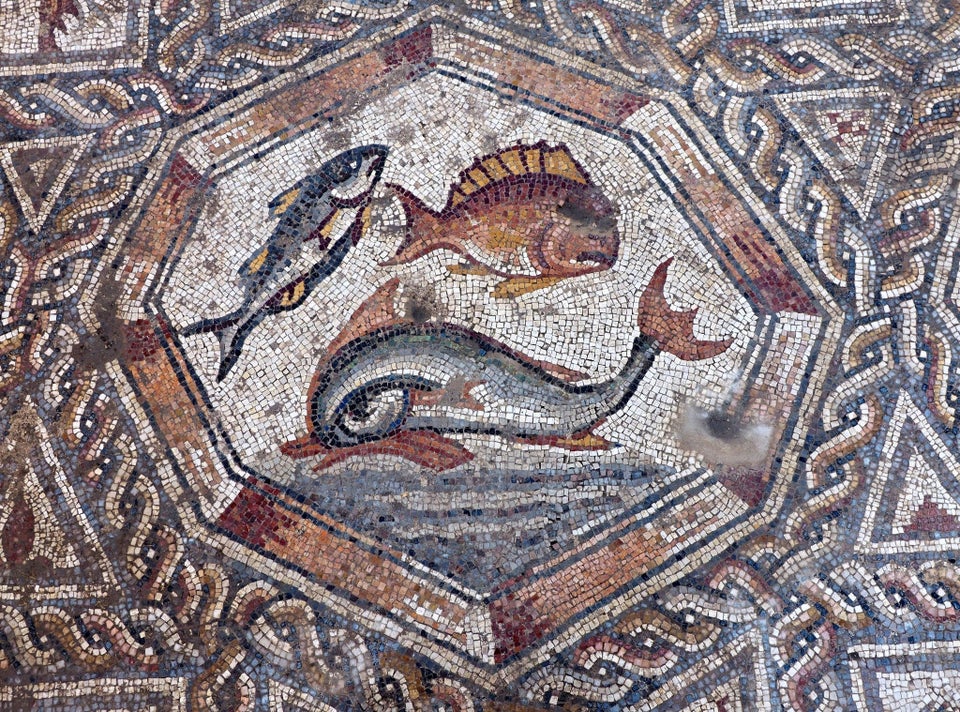
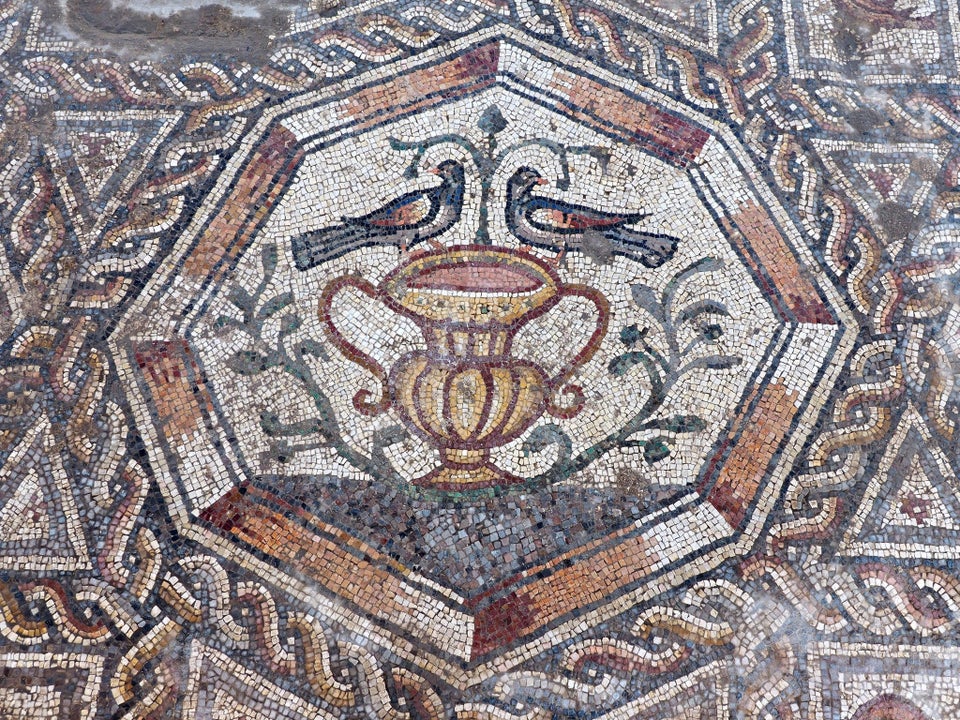
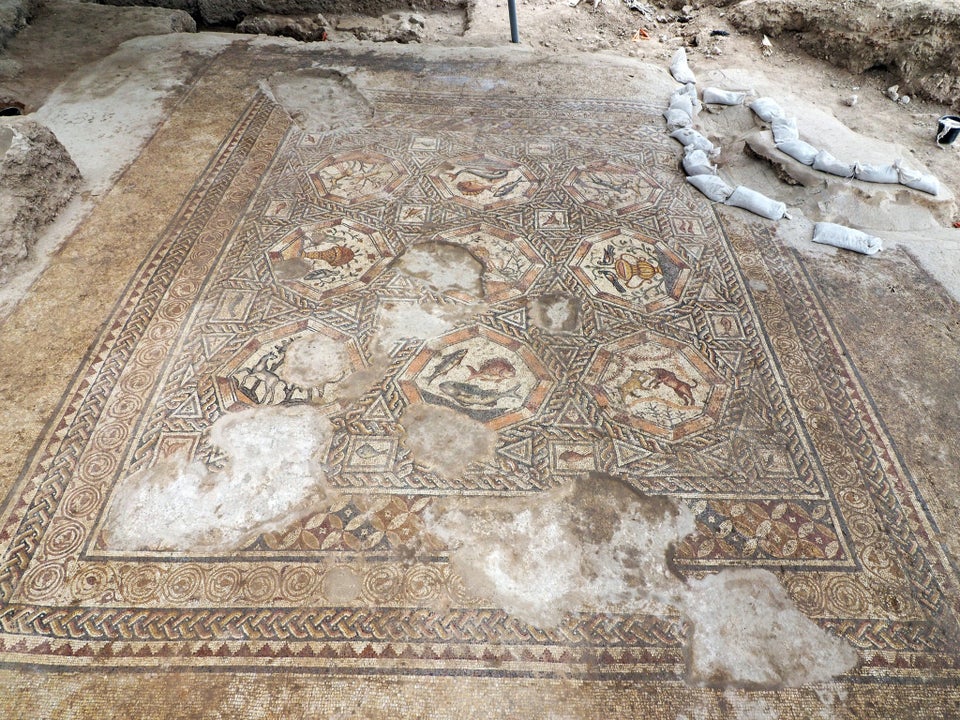
Also on HuffPost:

